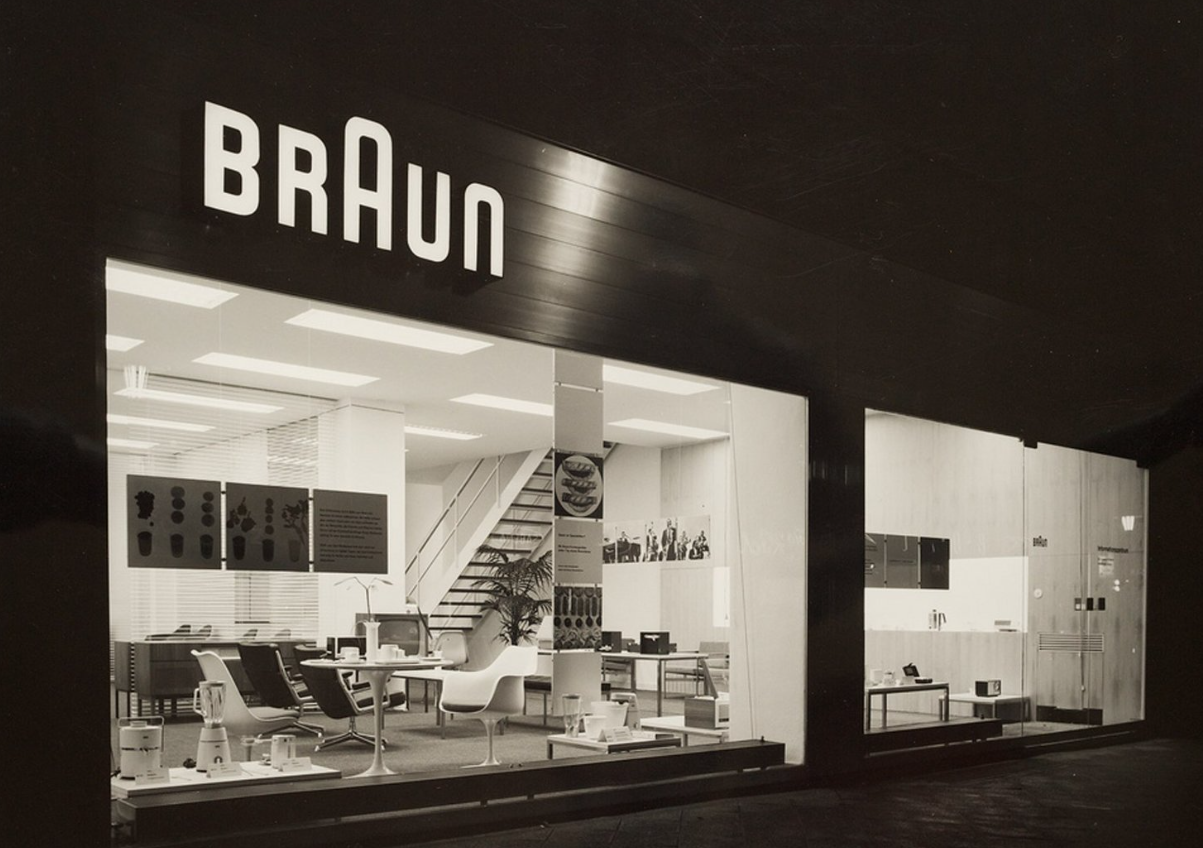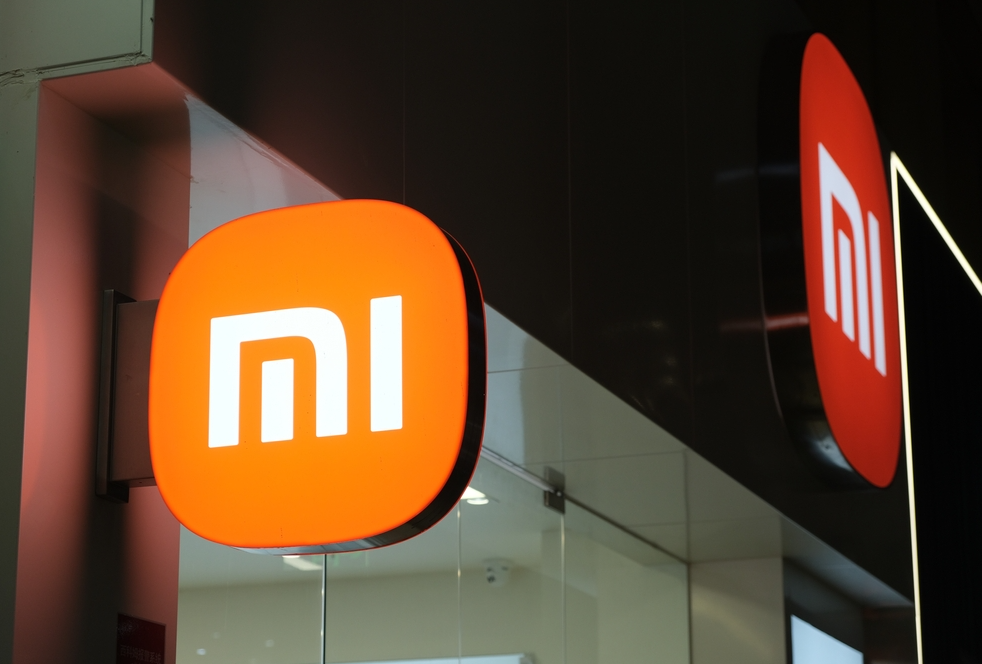Hewlett-Packard, commonly known as HP, has come a long way from its small garage in Palo Alto to becoming one of the world’s largest technology giants. Over the decades, HP has made significant contributions to the development of computing technology, leaving its mark in areas such as printing, computing, enterprise solutions, and personal devices.
Founding of the Company and the Hewlett-Packard Garage
The HP story begins with two Stanford students, Bill Hewlett and Dave Packard. Under the guidance of Professor Fred Terman, considered the “father of Silicon Valley,” they decided to join forces to create a company. In 1939, Hewlett-Packard was born in Packard’s garage with an initial capital of $538.
The Palo Alto garage became a legend and a symbol of the birth of industry in Silicon Valley. Fun fact: this garage was so important to the history of technology that it was later designated a historical monument.
HP’s First Invention and Success
HP’s first product, the HP 200A Audio Oscillator, was designed to test and tune sound systems. Unlike other similar devices, the HP 200A was cheaper, easier to operate, and had high-quality performance. The device quickly found its first customers, and one of these companies was Walt Disney Studios. In 1940, Disney purchased several HP oscillators to tune the sound for the film Fantasia, which was one of the first films with multi-channel sound.
This collaboration with a major studio was an important milestone for the young company. The success of the HP 200A confirmed the correctness of the chosen strategy: a focus on innovation, affordability and high quality. This approach formed the basis of the company’s philosophy and gave a powerful impetus for further growth.
Hewlett-Packard’s Corporate Philosophy and Culture
One of the most notable features of HP was its unique corporate culture, known as the “HP Way.” Bill Hewlett and Dave Packard believed that to build a successful company, it was necessary not only to develop innovative products, but also to create a comfortable working environment for employees. The main principles of the “HP Way” included:
- Commitment to innovation: Continuous investment in research and development.
- Respect for every employee: The company has introduced progressive management methods, including equal conditions for all employees.
- Consumer focus: HP has always been committed to providing customers with quality products and excellent service.
The “HP Way” philosophy has defined the style of doing business and has become the basis for many successful projects. This approach to corporate culture has made HP one of the most attractive employers and helped the company become a world leader in the technology sector.
Entering the computing market
In the 1960s and 1970s, HP began to grow rapidly, expanding its product range. During this time, the company began producing scientific and medical instruments, as well as computing devices.
1968 was a landmark year for the company, when HP introduced the world’s first desktop scientific calculator, the HP 9100A. This device was effectively a personal computer, capable of performing complex calculations previously only possible on bulky and expensive machines.
In addition, in 1972, HP released the first pocket scientific calculator, the HP-35. This product was a real breakthrough and allowed scientists and engineers to abandon the use of slide rules. HP’s innovations in computing technology strengthened the company’s position in the global market and made it famous among scientific circles.
Expansion in the printer and computer market
In the 1980s, HP began to actively develop the printer and personal computer market. In 1984, the company introduced its first laser printer, the HP LaserJet, which became a sensation in the market. The laser printer provided high-quality printing, was easy to use and reliable, which made it popular among businesses and home users.
Laser printers ushered in a new era of printing technology, and HP took the lead in this area. The company soon released the DeskJet series of inkjet printers, which also enjoyed great popularity due to their low cost and high print quality. These devices became a symbol of the brand and are still in demand around the world.
In addition, HP began producing personal computers, becoming a competitor to such large companies as IBM and Apple. HP computers quickly gained popularity among users due to their high quality and reliability.
Apollo Computer and Compaq Mergers and Acquisitions
To strengthen its market position, HP made several strategic acquisitions.
- In 1989, HP acquired Apollo Computer, a workstation company. This allowed HP to expand its capabilities in computing systems and strengthen its position among corporate customers.
- In 2002, HP announced its merger with Compaq, which was one of the largest mergers in the history of the IT industry. As a result of this merger, HP became the world leader in the personal computer market, overtaking IBM and Dell. Although the merger was controversial and criticized, in the long run it played a significant role in strengthening the company’s position.
These deals helped HP expand its product portfolio and become a comprehensive provider of solutions for businesses and end users.
Transition to enterprise solutions and cloud technologies
Since the early 2000s, HP has shifted its focus to enterprise solutions and cloud technologies. The company has been actively investing in IT services and support for enterprise clients. In 2008, HP acquired Electronic Data Systems (EDS), which allowed it to compete with giants such as IBM and strengthened its position in the IT services market.
In 2011, HP made another strategic move by acquiring Autonomy Corporation. This deal gave the company access to big data and analytics technologies, which became an important area for future development. However, the deal was controversial due to subsequent losses, which negatively affected HP’s reputation.
Split of the company: HP Inc. and Hewlett Packard Enterprise
In 2015, HP management decided to split the company into two independent structures:
- HP Inc. – focused on the production of printers and personal computers, continuing HP’s tradition in consumer electronics.
- Hewlett Packard Enterprise (HPE) – became involved in corporate solutions, focusing on cloud technologies, servers and data storage systems.
This separation allowed each company to focus on its priority areas, which increased their competitiveness in the market. The separation also allowed them to better adapt to changes in the technology industry.
Challenges and Innovations
HP continues to be one of the most important technology companies despite fierce competition and rapid technological change. In recent years, HP Inc. has been betting on 3D printing, aiming to revolutionize manufacturing and speed up its processes. The company is actively developing 3D printers designed for industrial needs, which opens up new business opportunities.
Hewlett Packard Enterprise (HPE), in turn, is actively developing artificial intelligence technologies and cloud solutions, providing enterprises with innovative tools for data management and productivity improvement.
HP is rightfully considered one of the companies that laid the foundations of the modern IT industry. From a small garage in Palo Alto to a global technology leader, the history of HP is a shining example of how the desire for innovation and respect for employees can lead to global success.
The main stages of HP development:
- 1939 – Founding of the company in Palo Alto.
- 1940s – Success with the HP200A audio oscillator and cooperation with Disney.
- 1960s – 1970s – Entry into the computing devices market and launch of scientific calculators.
- 1984 – Release of the first HP LaserJet laser printer.
- 2002 – Merger with Compaq and leadership in the PC market.
- 2015 – Split into HP Inc. and Hewlett Packard Enterprise.
- 2020s – Innovations in 3D printing and cloud technologies.
The history of HP is not just a series of achievements and successes, but a shining example of how dedication to innovation, respect for employees and attention to customer needs can become the basis for global success. Having started its journey in a small garage, HP has come a long and difficult way, turning into one of the most influential technology giants.
Today, HP continues to adapt to a rapidly changing environment and find new areas for growth, while remaining true to its history and founding principles. HP’s story remains an inspiring example of how ideas that started in a garage can change an entire industry and impact millions of people around the world.
Discover the world of profitable purchases with reBITme! Choose HP products that you like, and don’t forget to activate cashback. Let every purchase bring you joy and benefit!





